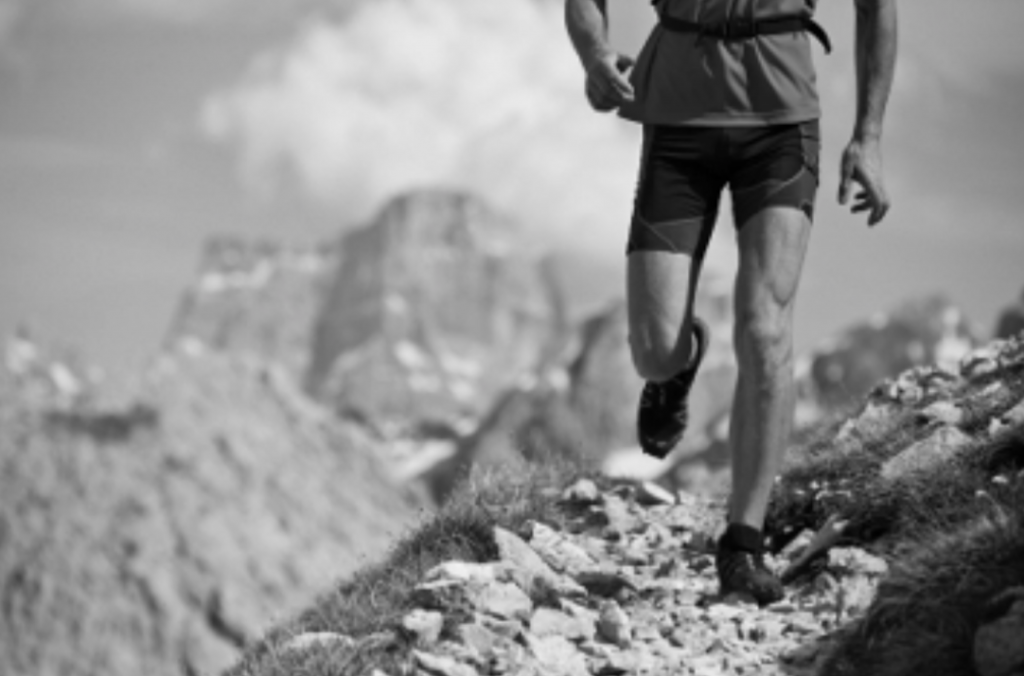QUESTION
I have a question about finding a good fit program. I just found out I’ll be going to sea (in my daily life I’m a marine biologist) for a 30 day research cruise in October. Keeping fit while aboard is a priority and helps keep me from going stir crazy living in a tiny space for that long. There is a small gym, but with pretty limited equipment (think hotel style, a couple of treadmills and some weights). Is there a package or two good for limited equipment? Especially since I’ll be heading into the ski season once I get off the ship? I looked at the hotel package, but two workouts a day on board could be problematic, as the ship has limited water so everyone gets one shower a day and we’re in tight quarters.
ANSWER
– Rob
QUESTION
I don’t go to a gym as I prefer the convenience of bodyweight training at home. I have quite a bit of equipment, e.g. pullup bar, dip bars, hip height bar, free-hanging rings, boxes. I also have a couple of dumbbells e.g. for Quadzilla complex. Need to get a sandsack…
I don’t mind a program with a couple of gym-based exercises because I would just substitute them with bodyweight exercises. I have good knowledge in doing this. Also, it would allow me to work on increasing my pullup maximum (currently 12) and to work on my one-arm pushups, handstand pushups etc.
Any running will be outside along the beautiful river Main.
There is a great choice of really interesting programs that I can access with my MTI subscription, just need to decide what is best suited…
ANSWER
– Rob
QUESTION
I am looking for a all-round training program to get fit and improve running. Based on website descriptions believe following programs might help to do this:
– Body Weight Foundation
– Humility
– Running Improvement Program
Can you please briefly explain key differences between programs, as in: difference in focus & intensity, upon completion of program what would you typically be prepared for (10K event/HM, Spartan, …), difference in pre-requisites before starting program, suitability for older (40+) athletes? Also: would you recommend doing all of these consecutively – and if so in what order?
Key question: would it be possible to do these programs without dumbells? I do have a full set of KBs (2×16/20/24 + 1×32) and pull-up bar.
Thanks in advance for feedback and further guidance.
ANSWER
Programm differences:
Bodyweight Foundation – Bodyweight strength only, and includes running built around a 3-mile assessment, follow on threshold intervals, and longer weekend runs out to 75 minutes.
Humility – Super intense, military program which includes bodyweight strength, dumbbell/sandbag work capacity, loaded and unloaded runs.
Running Improvement – exactly that – program begins with a 1.5 mile assessment, and at the final stage, moves to a 6 mile assessment. Includes longer weekend runs. Plan includes run-focused strength training.
– Rob
QUESTION
I need to pass the Maine State PT test in order to become a commissioned deputy. It is a 13.04 minute mile and a half run, 34 sit ups in a minute and 18 push ups in a minute.
I am trying to choose on what plan is best for me can you help?
I am currently have a membership to a gym and a personal trainer. The problem is I don’t think I am getting the results I want and would like to try your program on my own. Allow me to explain.
I have a background in competitive power-lifting and my body type is very good at putting on size and strength. Not so good at running or slimming down. In just the last 2 months I went from deadlifting 290 for 1 rep. (I have been out of the sport of power-lifting for 10+ years) to Deadlifting 315 for 3 sets of 6 today. And in the last 5 months I have only been able to drop 12 lbs but took 2” off my waist. See what I mean I get bigger and stronger easy. For the record I am 6’5” and 280lbs.
So looking threw your plans I thought either the Law Enforcement Academy plan or the New Law Enforcement plan would be best. Can you help?
ANSWER
QUESTION
I am a UK fell runner, similar to trail running in the USA. I usually race distances between 10-20 miles with up to 8000feet of ascent over the distance. I also completed the Fan Dance which is based on one of the SAS selection tests, where you cover 24km over mountainous terrain carrying a 35lb pack + food and water.
I am comfortable with my running training but want to be reasonably strong all round, but I do want to continue my running. I’m never going to set the world on fire from a pace point of view, and I’m not looking to do anything other than be competitive in that regard.
I work in an office and am not in the military.
I have been doing strength training 3 times a week, focusing on compound exercises (squat 80kg 5R, deadlift 70kg 5R, bench press 63kg, military press 45kg) and I run 3 times a week, with one long run on Saturday up to 20 miles fairly easy.
Which plan would you suggest I start with?
ANSWER
QUESTION
I am currently interested in purchasing the “Greek Hero” tracking package IOT work my way through the programming. Before I purchase I did have a question regarding access. If I purchase a program do immediately get access to all (7) programs? And in what media? PDF or through your app? I tried to make an account but I assume that becomes an option once you gain access to the app through purchase?
I did also have a training question regarding selection programs— if I am in individual interested in going through A&S would the Greek Hero packages be a good place to start? (I can not apply for A&S for another year so going through the selection program you offer would be too early I think…)
Apologies for the lengthy email but I appreciate you taking the time to read this.
Thank you;
ANSWER
1. Yes
2. App or online
3. Better would be the
Pirate Series – because of the swimming included.
– Rob
QUESTION
I was just wondering if you recommend any neck exercises/workouts? I used to use a neck harness with weight plates and then later in the military switched to lighter/bodyweight moves like Yes/No’s while lying supine or prone. Any advice on new or progressive neck strengthening exercises would be much appreciated when you have some time.
ANSWER
We’ve explored this a couple times over the years but it never got any traction with the programming – so I don’t have an answer for you. What I would recommend is looking wrestling-specific exercises.
– Rob
QUESTION
We’ve been in touch before, back in April, and you gave me some awesome advice. Quick recap: college student, pursuing SF/Spec Ops immediately when I graduate in May 2019, going through Army ROTC right now and doing everything I can to prepare. Endurance background as a collegiate triathlete and lots of experience competing as a runner up to the half marathon distance. I used your advice to get my strength up to par and went through the skinny guys program then Big 24. I continued running 40mpw through both but ate like a horse. I went from 5’7/155 (with all of my weight in my legs due to cycling) to 5’7 170 and my strength increased dramatically even including the increase in bodyweight (relative strength increased a ton). Now I’m moving into the fall with a couple of big ticket items to train for.
I’m on our Ranger Challenge team, which is more or less the regional version of Sandhurst. The competition will be the second or third week in October, and is a brigade level qualifier for Sandhurst. I need to be ready to cover up to 18-20mi with a pack in one day, with explosive bursts for events during the competition. We PT every morning but I’m in charge of planning or aiding in planning all of it, along with two other guys.
Secondly, as a big item to be give me something to shoot for, I’ll probably be prepping for a GoRuck Star Course 50 Miler (20hr time limit, 20lb weight + personal items and water/food = 35-40lb). Date is probably 11/2, so a few weeks post RC. My partner for this is the other guy planning PT for RC. The goal is to have the two events compliment each other in terms of prep.
Along the way I’ll be jumping in running races, the odd MTB/road cycling adventure ride, etc.
I also have 3 record APFTs to take this fall and need to maintain 300+ as I have in the past, these tests count for a lot (thanks to my running background I do not need specific prep for the 2 mile).
Looking at the demands of what I’ve got on the calendar, here’s what I’m thinking. I need a lot of rucking endurance but not necessarily a ton of speed. I need to be able to run well. I need the chassis strength to be durable under the ruck. And I need to incorporate the push-up and sit-ups progressions (hell, we’ll say pull-ups too for the well roundedness).
I’m looking at the ruck based selection program, the ranger school program, the SFOD-D program, RASP, and the BRC program (where I would cut the big events out). Whatever I do, I would extend the easy pace running to get in my miles (I am used to 40mpw), and consider the odd weekend MTB or long road ride, as well as use my bike to substitute for runs when my legs are beat. I tend to avoid speedwork on the run as I run <11-11.5’ for 2-miles off of just easy running and the speedwork breaks me down. This allows me to run a lot despite high training volume elsewhere. So, whichever program you recommend, the APFT run progression won’t be included and I’ll sub easy endurance running (which will hopefully significantly decrease training stress on the whole).
I know I will be doing 2-a-days until November and have no problems doing this from my time as a triathlete going 2-3x/day. I will have the time to get a ton of sleep as well.
Recommendations on a program? Plan is to add in additional stuff gradually and very closely monitor recovery, eat the right stuff and eat like a horse, but I’m deferring to the experts on choosing a program to center it all around.
Really appreciate what y’all do, I’m a completely different athlete than I was 4mo ago and you’ve changed my outlook on physical readiness.
ANSWER
I’d recommend the
Ranger School Training Plan, but replace the Saturday swimming with a long ruck – start at 12 miles and work up 20 miles. Hope this and the other programming will carry you through the GoRuck event.
– Rob
QUESTION
I just wanted to let you know that David Mollenauer and I summated the Grand Teton last Sunday on a 1 day climb with Exum guide Brenton Reagan. Thanks to your Peak Bagger training program we were able to ace it and felt great all the way to the end! Weather conditions were also on our side that day so that was helpful.
I am look for a 4-8 week program of yours (I am a member of MTI and have access to your training programs) that is for general strength training. I have weight trained with a trainer for the last 12 years but since taking off for the Peak Bagger program I think I would like to continue with one of your programs for now. Thank you in advance for any recommendations you may have.
ANSWER
Congrats on the Grand!
– Rob
QUESTION
A friend of mine recommended to me MTI’s military on-ramp plan since I had been getting serious about being functionally fit after already having a 300+ APFT score (which to be honest is really only scaled based on your body weight.. not functional fitness). I was curious what plan you would recommend after The Military On-Ramp program for Military rescue/fitness/combat medics. I feel it is crucial I have the power and strength to sprint, drag and even in the worst scenarios: carry unconscious wounded that could be 6 inches taller and 60 pounds heavier than me.
ANSWER
The plans and order in the
Greek Hero packet of military athletes. This programming concurrently trains strength, work capacity, chassis integrity, endurance (run, ruck) and tactical agility. It is designed as day to day programming for Military SOF, Infantry and others with similar mission sets – which would include combat medics.
– Rob
QUESTION
I am training for selection as a rescue paramedic. The in-test is pretty simple: 1.5 mile run under 13:00 min followed by 300 meter swim in under 8 min. After that is the rescue academy where you learn the minutiae of all hazards rescue: cliff, high angle, water, swift water, wilderness, confined space, trench, hazmat, etc.
I have no issue with the run, the swim however is problematic since I don’t primarily swim for cardio AND the test date is up in the air, meaning could be within the next 60-90 days, or not…..
Anyway was looking at the swim program and was wondering if I could add it to what I am already doing to bolster my training or if I should stick with what I got.
I am getting minimum 2-3 swims a week in addition to the sprints and circuit training I do with weights, tires, sandbags, etc. already.
ANSWER
Yes you can add to the Swim Improvement Plan – just do two-a-days and/or alternate training days. Better would be to complete a multi-modal plan – I’d recommend Barbossa, from our Pirate Series of plans for military and LE SOF with swim-based mission-sets.
Barbossaconcurrently trains strength, work capacity, endurance (run/swim), chassis integrity and tactical agility.
– Rob
QUESTION
I wanted to ask for a plan recommendation. Within a year, I’ll be finishing up with ROTC at school and with 99% certainty will get my branch of choice, Infantry.
What plan (or progression of plans) do you best recommend for a female eventually going to Ranger. My guess is that i’ll be going in about a year and a half.
ANSWER
– Rob
QUESTION
Please recommend the most appropriate fitness plan for Brazilian jiu jitsu (BJJ). I’m training BJJ 3-4 days per week for at least an hour (M/W/F/Sat). Thank you!!!
ANSWER
– Rob
QUESTION
I’ve got a rack, barbell, lots of iron plates, pullup and dip bars and one of your sand bags at 60#. Looking for a plan that utilizes these and pretty much no other equipment.
ANSWER
– Rob
QUESTION
First I wanna thank you and your team for all you do, I’ve been a member and a follower for a few years now, and have “enjoyed” the work immensely.
I have done a bit of research in the past, and thought I saw a recommendation for programs for the whole year, but I can not seem to locate them.
I currently use Big 24 and your Greek Hero programs in my military life, and frankly they are what is getting us through this deployment. But when this deployment wraps up in April my military career will also start to see its twilight and a new life begins.
It is time to focus on my passions and I’m looking to build a year around set of go-to programs. I will return to the US in April, and begin prep for the backpacking season, fall will be hunting, and winter is all skiing, some backcountry, but majority front side. I love the gym, and would love to retain some of my strength and size, I also enjoy to trail run for my cardio or MTB. Any help would be most appreciated.
ANSWER
I’d recommend the plans/order from our
Greek Heroine Series of plans for Mountain Base fitness. These plans concurrently train strength, work capacity, chassis integrity, mountain endurance (trail running, uphill hiking under load) and climbing fitness (rock).
– Rob
QUESTION
I bought the dryland ski training program to use getting closer to the season. I was looking into other MTI programs for other training blocks throughout the year and these programs are awesome. How does MTI link these together so an athlete can gain and maintain from each block? Meaning, if you have an athlete in your facility year round do they use a variety of these programs back to back or do you have some system, a general annual plan outside of subscription plans, that you apply?
Thanks,
ANSWER
The sport season dictates the programming.
In general, we develop two types of programming for mountain athletes – “base” fitness, and sport-specific train ups.
Base Fitness lays a foundation of mountain fitness upon which sport-specific training is built. Athletes swap back and forth between base fitness programming and sport-specific training ups.
The Dryland Ski Training Plan is a sport-specific training plan designed to be completed directly before your ski season.
Our Mountain Base fitness programming is found in the
Green Heroine training plans – which concurrently train strength, work capacity, mountain endurance (trail run, uphill hiking under load), chassis integrity and climbing fitness (rock).
Few of the mountain athletes here in Jackson just have one sport – most do a different sport each season – and in reality, many spend have their training time doing base fitness, and the other have doing sport-specific train ups.
– Rob
QUESTION
I am in the army, just did that new 25m shuttle test…just wanted to let you know that it hurts. I got 57 reps and reached my theoretical max hr of 197 and hung out there for what seemed like eternity. Thanks for the pain.
ANSWER
“Horrible” is used to describe the MTI Tactical Athlete Work Capacity Assessment most often …
– Rob
QUESTION
I’m training to go through Marine Basic Reconnaissance Course here in about a month and I wanted to know if there were any training plans you’d recommend for that. I have some people training me for it already, especially in the pool, but what I feel like I’m lacking the most in is my running and rucking, so I was wondering if you could help me with putting together or finding a training plan to supplement that.
Thank you for your time and have a great day!
ANSWER
– Rob
QUESTION
I was wondering what plan you guys would recommend for completing the cactus to the clouds trail in California, I have acces to a pretty good weight room, but I live in chicago so not to many hills, also it’s about 3 months out.
ANSWER
3 months = 12 weeks. Here’s what I recommend:
Weeks Plan
– Rob
QUESTION
I just purchased a subscription to MtnTactical. I’m excited to get started, but I’m having trouble deciding which 2 plans would work best together.
I’m military, and I just finished a school where I lost about 20lbs, a lot of which was muscle. I also got injured and haven’t been able to exercise much until now.
I really want to put the strength and muscle back on, but I also don’t want to neglect running/rucking endurance. Right now, I’m looking at pairing the Humility plan with the SuperSquat.
Do those 2 plans make sense together? Are there others that you would recommend instead of those?
ANSWER
No – you’ll overtrain.
I’d recommend
Fortitude – and complete it alone. Its focus is strength, endurance (run, ruck) and chassis integrity (core).
– Rob
Subscribe to MTI's Newsletter - BETA
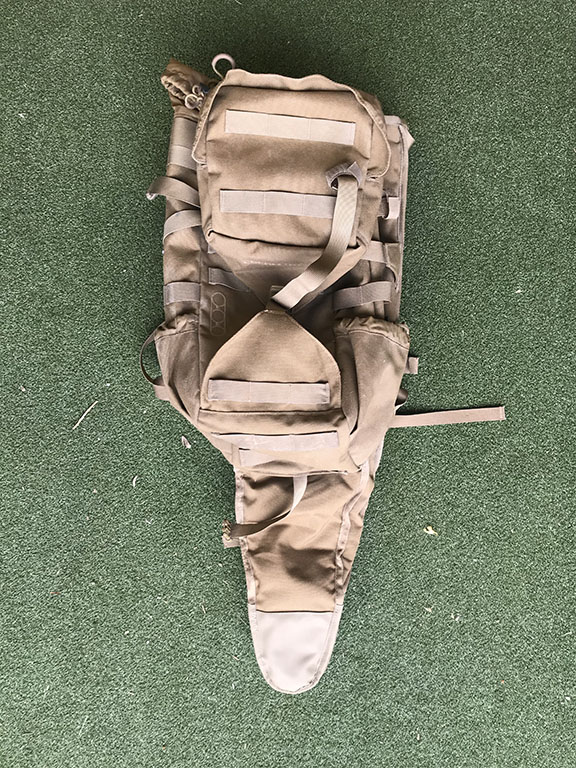 Eberlestock Gunrunner Pack – $110.00
Eberlestock Gunrunner Pack – $110.00 Used Deuter Guide 45+ Pack – $65
Used Deuter Guide 45+ Pack – $65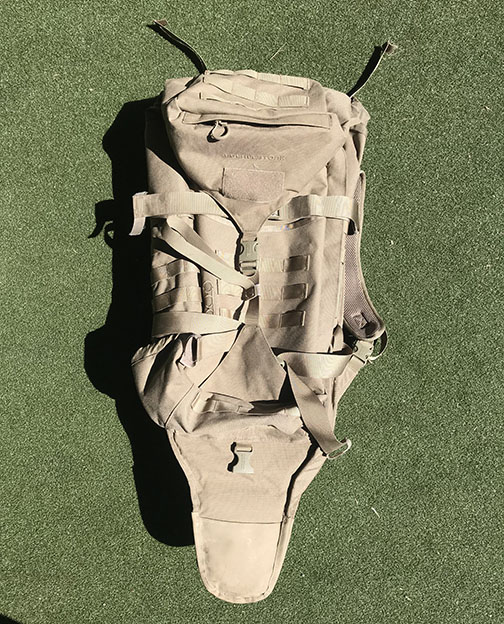 Used Eberlestock Gunslinger Pack – $150
Used Eberlestock Gunslinger Pack – $150 Used Mystery Ranch Selway Hunting Backpack – $395
Used Mystery Ranch Selway Hunting Backpack – $395![]() Used Kuiu Icon Pro 3200 – $380
Used Kuiu Icon Pro 3200 – $380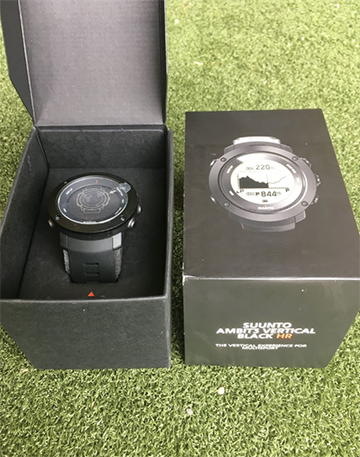 Suunto Ambit3 Vertical Black HR, New in Box – $175. Two available.
Suunto Ambit3 Vertical Black HR, New in Box – $175. Two available.
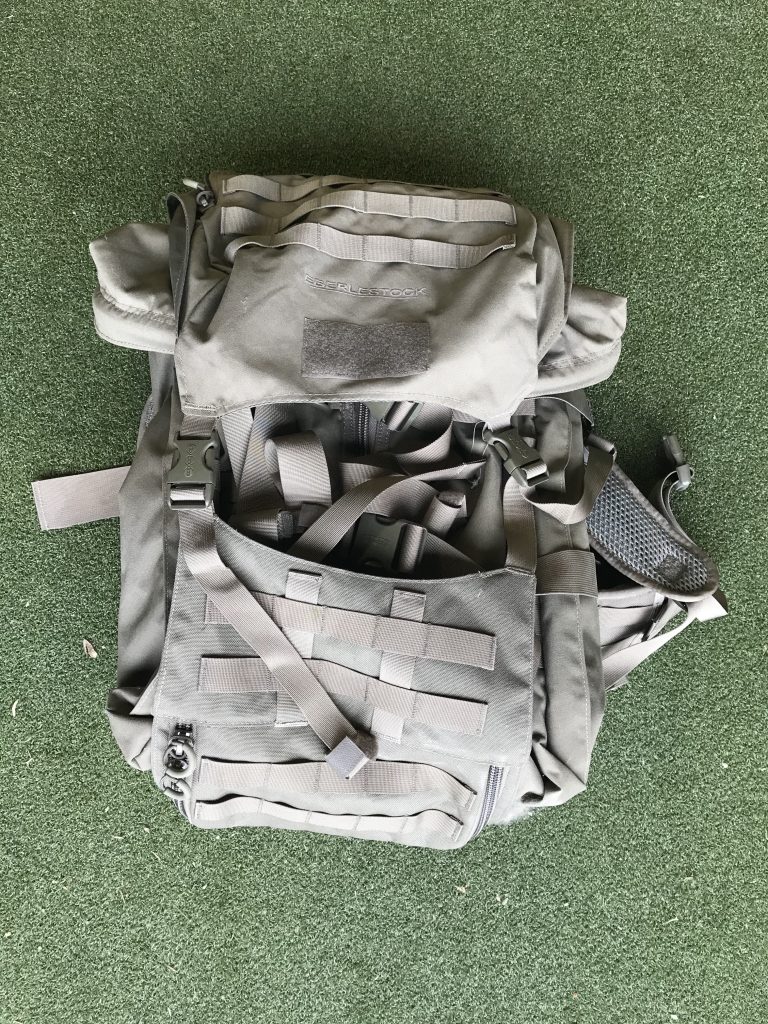
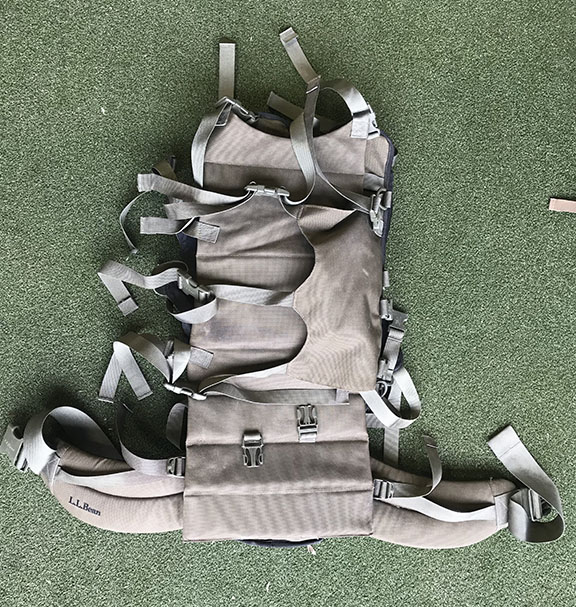
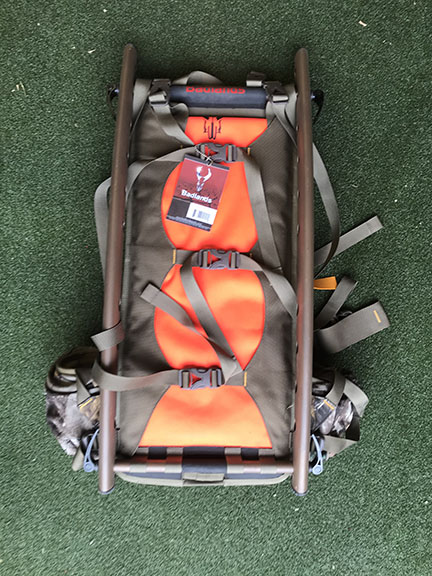


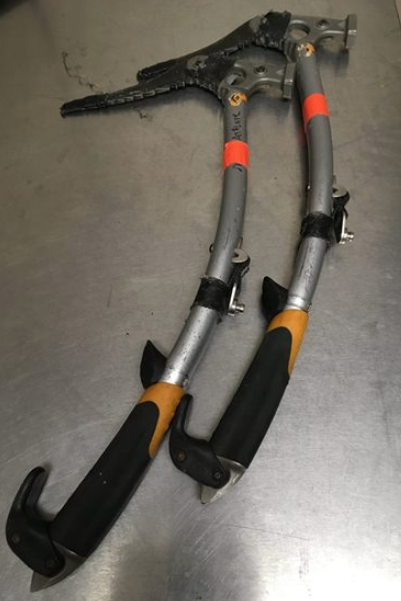
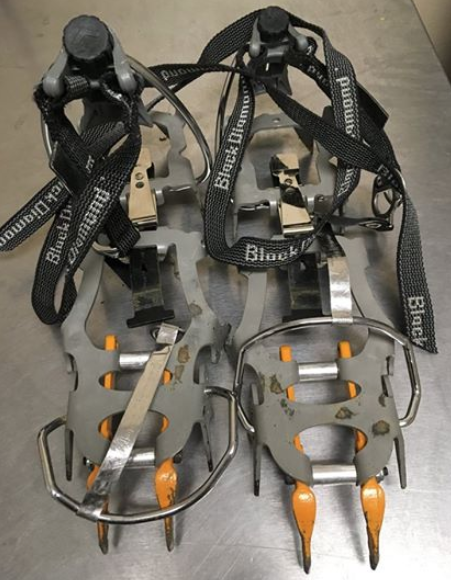

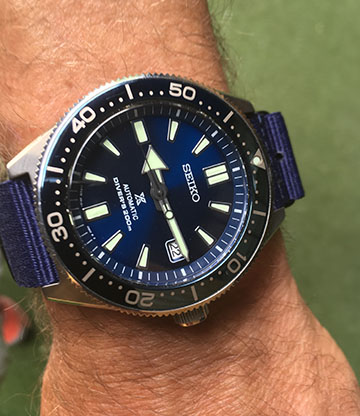
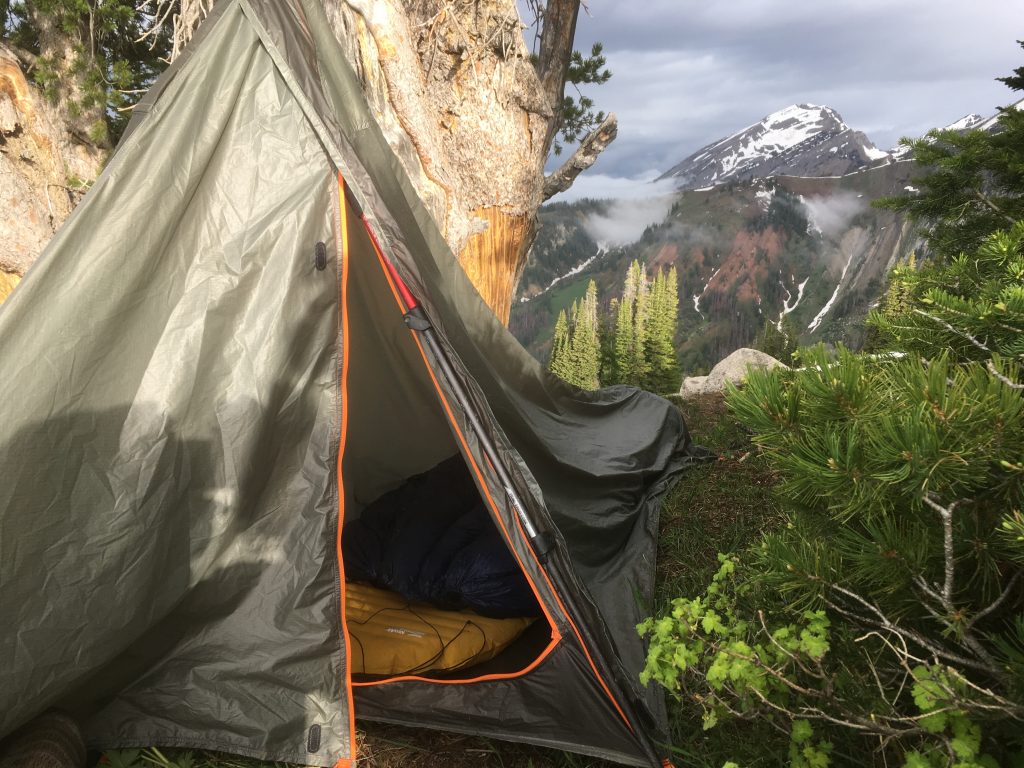



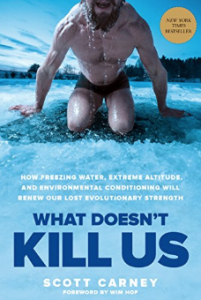




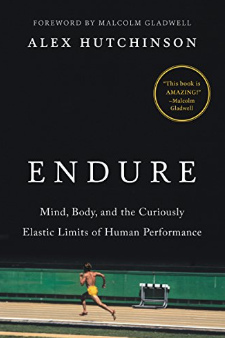





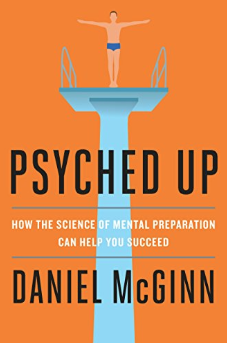
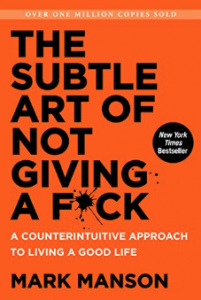

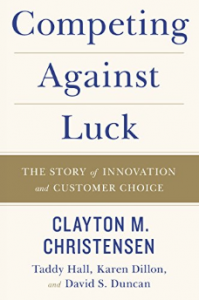
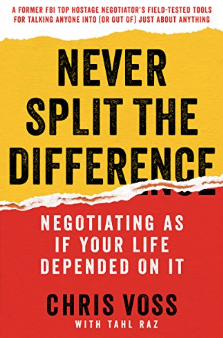


 Uh … I’ll admit right up front, this book was way over my head quite a bit of the time. But, of all the books on this list of “expansion literature” – this perhaps opened my mind the most. Dr. Pearl is a professor at UCLA, and a recipient of the 2012 Turing Award – the “Noble Prize” for computer science. His work now is focused on artificial intelligence, but this book is really about the history of ideas, philosophy, and mathematics surrounding the differences between “cause” and “correlation”. It points to the significant limitations of traditional statistics. During his career, Dr. Pearl, his students, and colleagues, have developed sophisticated modeling tools which must be applied to data to identify and predict “cause” relationships. I don’t want to get too geeky here, but this technical tome brims with joy about the history of statistical thought, computer science, and intellectual discovery. How does it apply to artificial intelligence? Via the internet of things, we are currently producing gigantic volumes of data, but statistics alone are not powerful enough to discover what’s important. Dr. Pearl and his colleagues have developed modeling which deploys “counterfactuals” which aim to account for impacts from forces or decisions which didn’t occur. I’d explain more, but I’d just get myself in more trouble. The bigger point is artificial intelligence will need to deploy something like Dr. Pearls models to truly advance. Overall, these are very big, powerful, ideas.
Uh … I’ll admit right up front, this book was way over my head quite a bit of the time. But, of all the books on this list of “expansion literature” – this perhaps opened my mind the most. Dr. Pearl is a professor at UCLA, and a recipient of the 2012 Turing Award – the “Noble Prize” for computer science. His work now is focused on artificial intelligence, but this book is really about the history of ideas, philosophy, and mathematics surrounding the differences between “cause” and “correlation”. It points to the significant limitations of traditional statistics. During his career, Dr. Pearl, his students, and colleagues, have developed sophisticated modeling tools which must be applied to data to identify and predict “cause” relationships. I don’t want to get too geeky here, but this technical tome brims with joy about the history of statistical thought, computer science, and intellectual discovery. How does it apply to artificial intelligence? Via the internet of things, we are currently producing gigantic volumes of data, but statistics alone are not powerful enough to discover what’s important. Dr. Pearl and his colleagues have developed modeling which deploys “counterfactuals” which aim to account for impacts from forces or decisions which didn’t occur. I’d explain more, but I’d just get myself in more trouble. The bigger point is artificial intelligence will need to deploy something like Dr. Pearls models to truly advance. Overall, these are very big, powerful, ideas.



